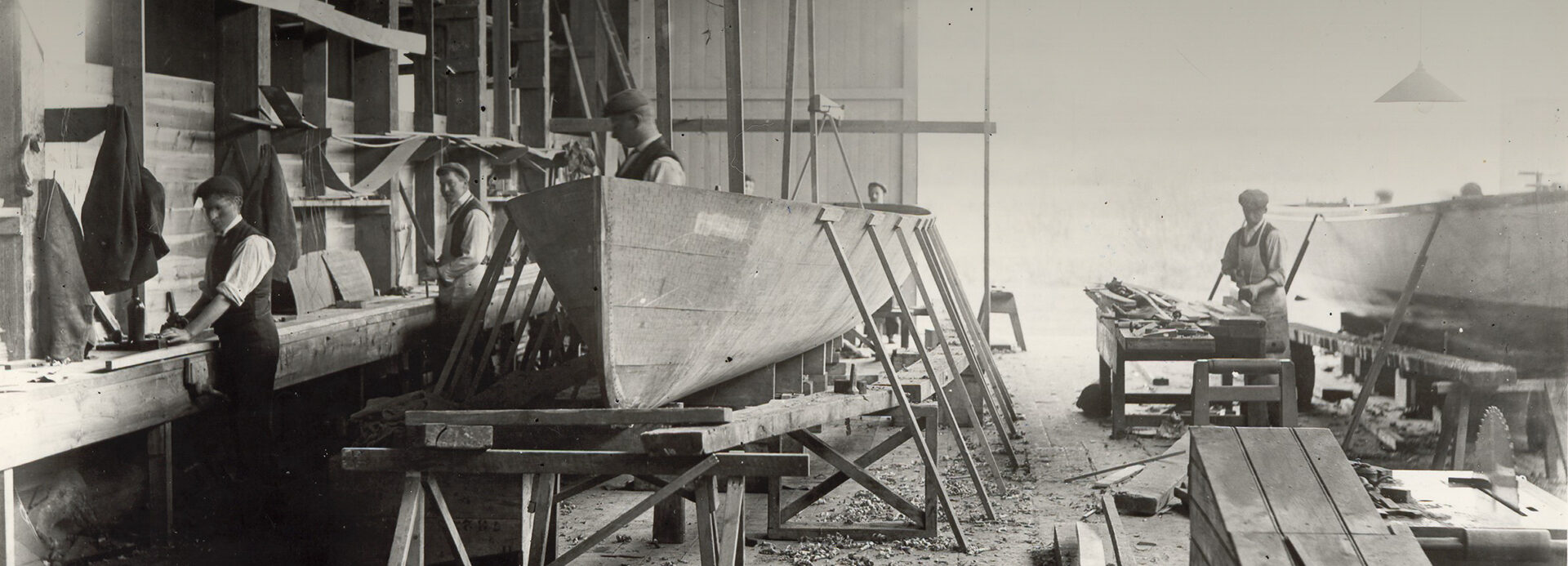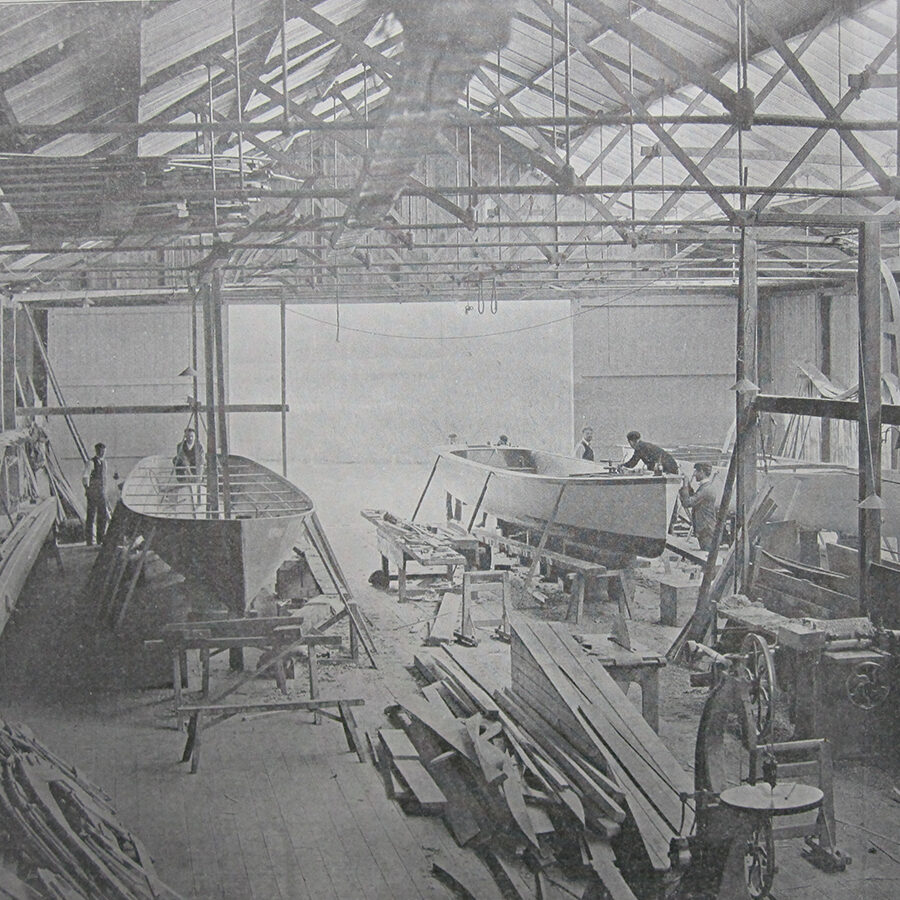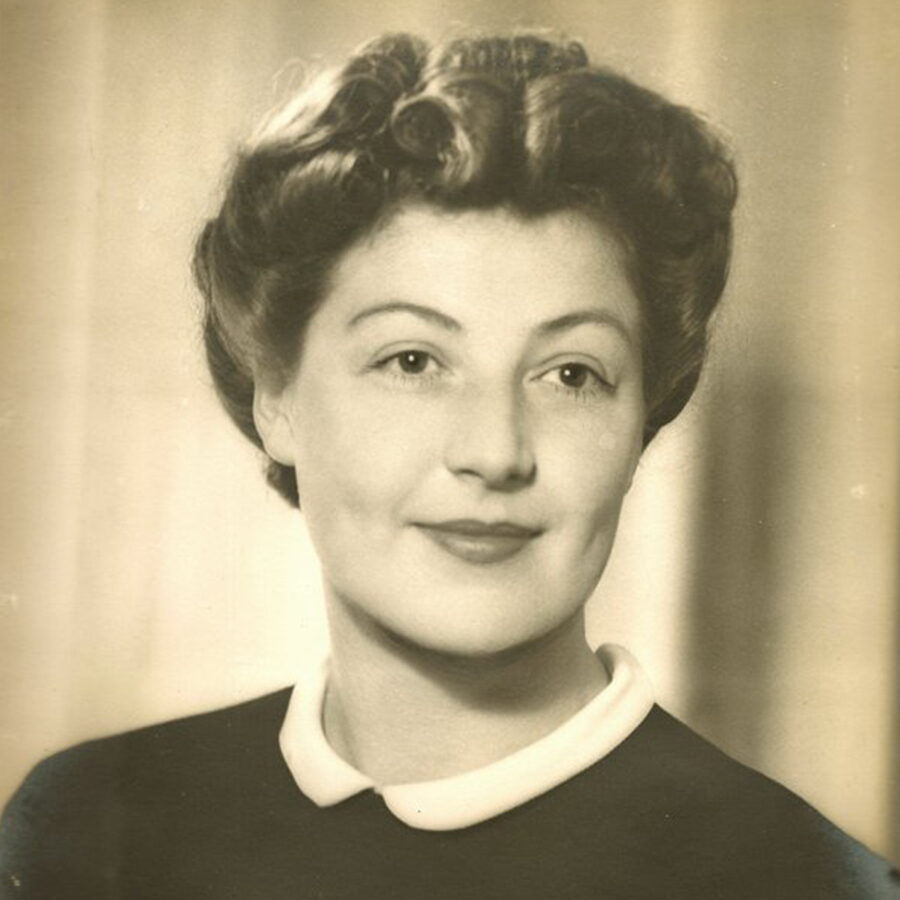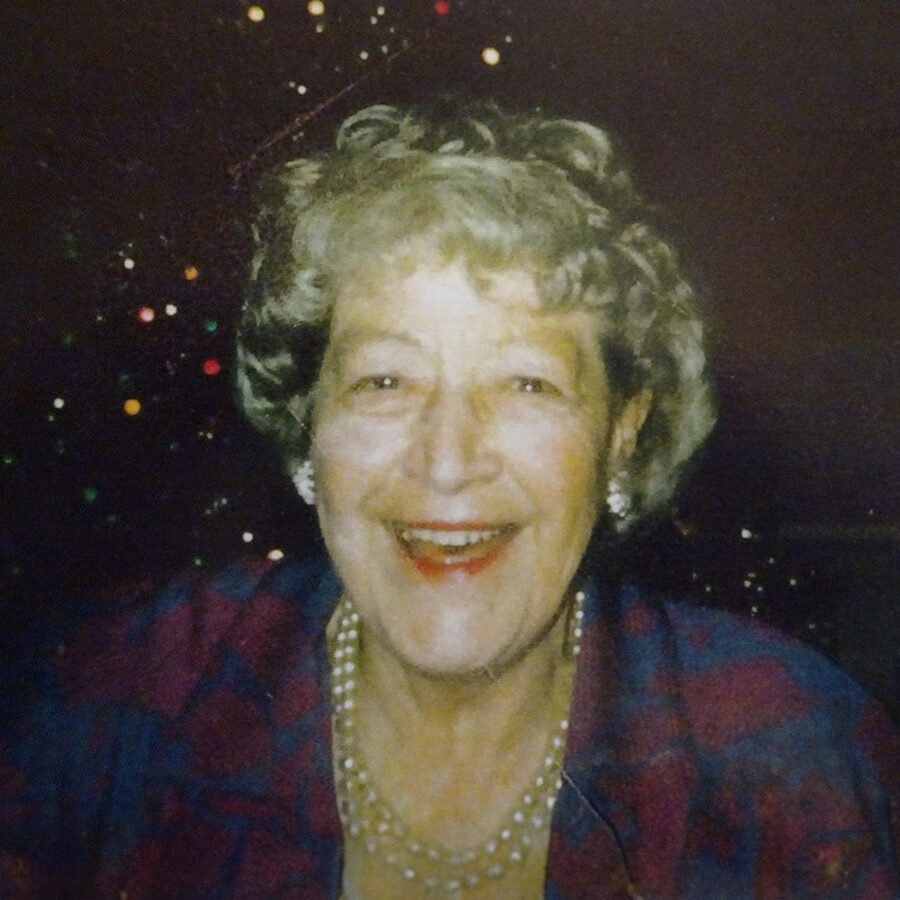A concealed heritage
Withymead was not always a nature reserve. Hidden among the reedbeds and under the trees are the relics of a Victorian boatyard. In the late 1890s, successful Goring boatbuilder Sam Saunders, erected sheds and workshops on the site, then just a riverside meadow. Named the Springfield Works and employing 30 craftsmen, he made all kinds of boats there including yachts, skiffs, punts and powered launches that found a market both at home and abroad. This skilled engineer and entrepreneur soon outgrew the Springfield site and moved his operations to Cowes on the Isle of Wight, taking many of the workforce with him, where he built sea-going craft and became a pioneer of aviation.
Learn more about the Saunders boat business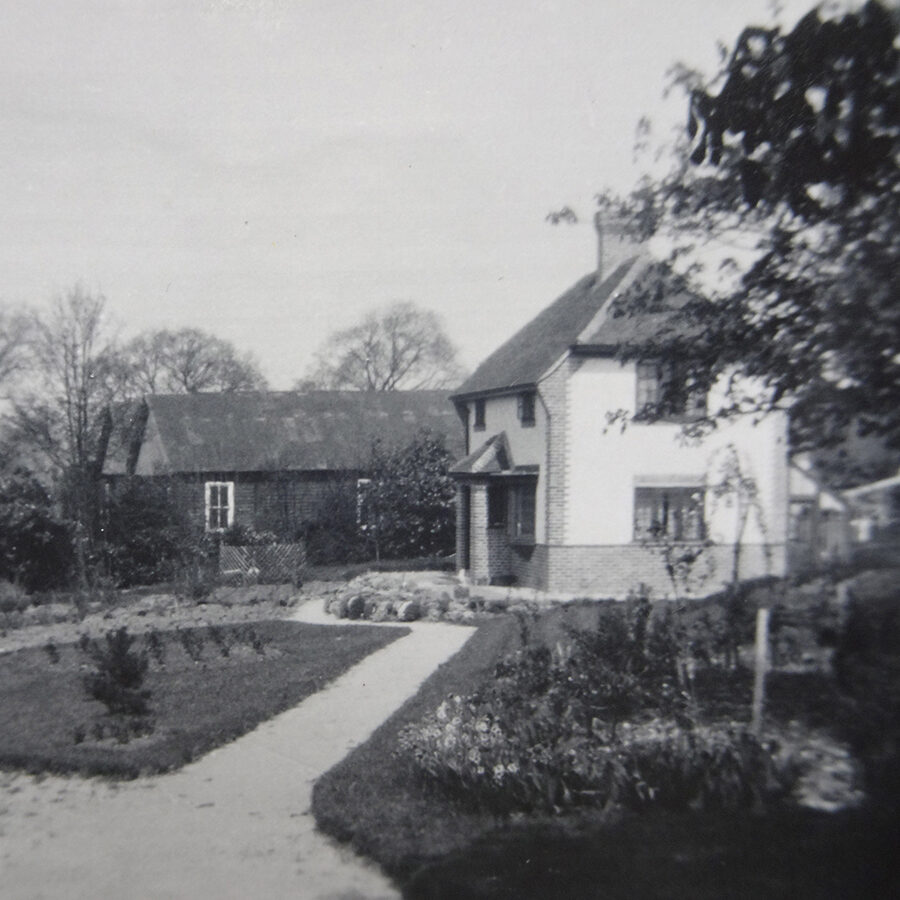
Sales and acquisitions
In 1911 Springfield was sold to Hobbs, boatbuilders of Henley, who continued to make rivercraft there for a few years. Production ceased in World War I and never resumed, with the site used afterwards for boat storage only. After World War II Hobbs sold the works to a Mr and Mrs C.W. Wise. This was Anne (who later became Anne Carpmael) and her first husband, known as Jock Wise. They subsequently acquired adjacent land where Captain Athol Tatham had built a house in 1936. This became the Wises’ home and today is the residence of the nature reserve wardens.
About Anne Carpmael (1911-2003)
Anne Carpmael lived at Withymead for nearly 60 years. A keen naturalist, she provided a habitat that encouraged birds, both native and migratory to her riverside home and surrounding land. Born in 1911 to the Scranney family in Fulham, London, Anne was the youngest of a family of ten children. As a young woman in her 20s before WW2, she opened a high-class, second-hand clothes shop in Knightsbridge. It was during this time that she met her first husband, Jock Wise, a highly respected oarsman and long-standing member of London Rowing Club. Both she and Jock served as wartime ambulance drivers in London. They married in 1944, when Anne was 33 and Jock was 58. Anne and Jock loved the country and looking for a home after the war discovered Springfield Works and the adjacent house. They bought the house in 1945 and gradually enlarged it. During the 1940s-1960s Anne and Jock gradually bought up small pieces of land surrounding Withymead House to preserve the flora and fauna until they had a plot of about 13 acres.
Jock died in 1971. He and Anne had been married for 27 years.
Learn more about Jock WiseAbout Anne Carpmael (1911-2003) part two
Still involved with London Rowing Club, Anne met fellow member Philip Carpmael, also a keen and distinguished oarsman. They married in 1973, when Anne was 62. Philip died in 1988. They had been married for 15 years.
Through both her husbands, Anne was very much involved with London Rowing Club. As a result of her long association with the club she was honoured to be elected as its first woman Vice-President of the Club following Philip’s death.
Anne loved living at Withymead and stayed here, alone, for another 15 years. It was a place she wanted to preserve and share, and in 2002, prior to her death, she set up the Anne Carpmael Charitable Trust. Its aim was, and is, to promote, protect and preserve the properties, land, fauna and flora and remnants of its boatbuilding heritage within the 13-acre site. Her wish was for Withymead to be used for educational purposes and for future generations to enjoy.
Anne died in 2003, aged 92. Trustees and wardens still enjoy hearing and learning more about Anne from nearby residents and those from further afield who knew her. Do get in touch with your stories and any further knowledge you might have.
Learn more about Philip Carpmael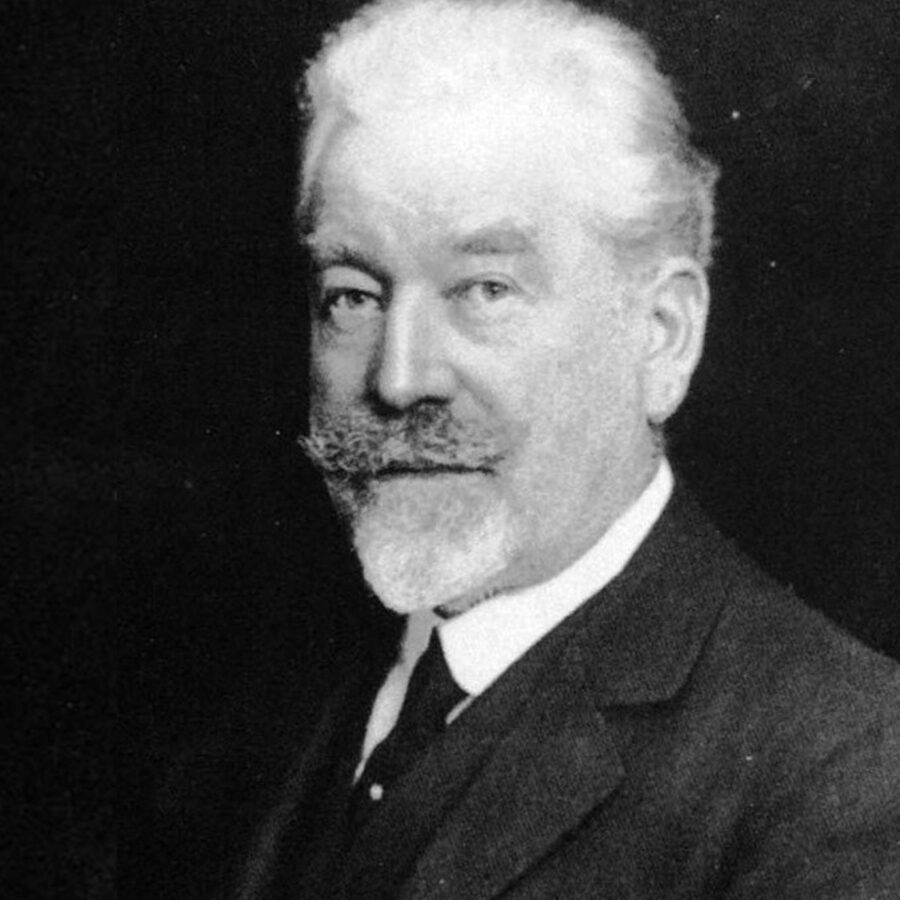
More about Samuel Edgar Saunders (1857-1933)
Born at the Swan at Streatley, Sam Saunders was an amazing man. He has been described as ‘the Brunel of the river’. Like his forebears he built boats by the Thames, but his flair for design and innovation, coupled with sound engineering skills and tremendous drive, led to the formation of an international transport company that still exists.
Sam was not only an entrepreneur, but also a kind man who supported many charitable activities in Goring and Streatley. Yet in some ways he was no respecter of authority and was taken to court more than once for speeding on the Thames testing new boats. One story has him upsetting camping skiffs and swamping a houseboat with the wash!
He married Kate Baigent in 1878 and had a son and daughter, both of whom worked in the business.
On the Isle of Wight, he continued to serve the local community. He received many honours, including an MBE. He was a fervent Conservative and freemason as well as a member of several professional bodies. One of his final acts was to donate a new community centre to the parish of Whippingham where he lived. Sam died in 1933, aged 77.
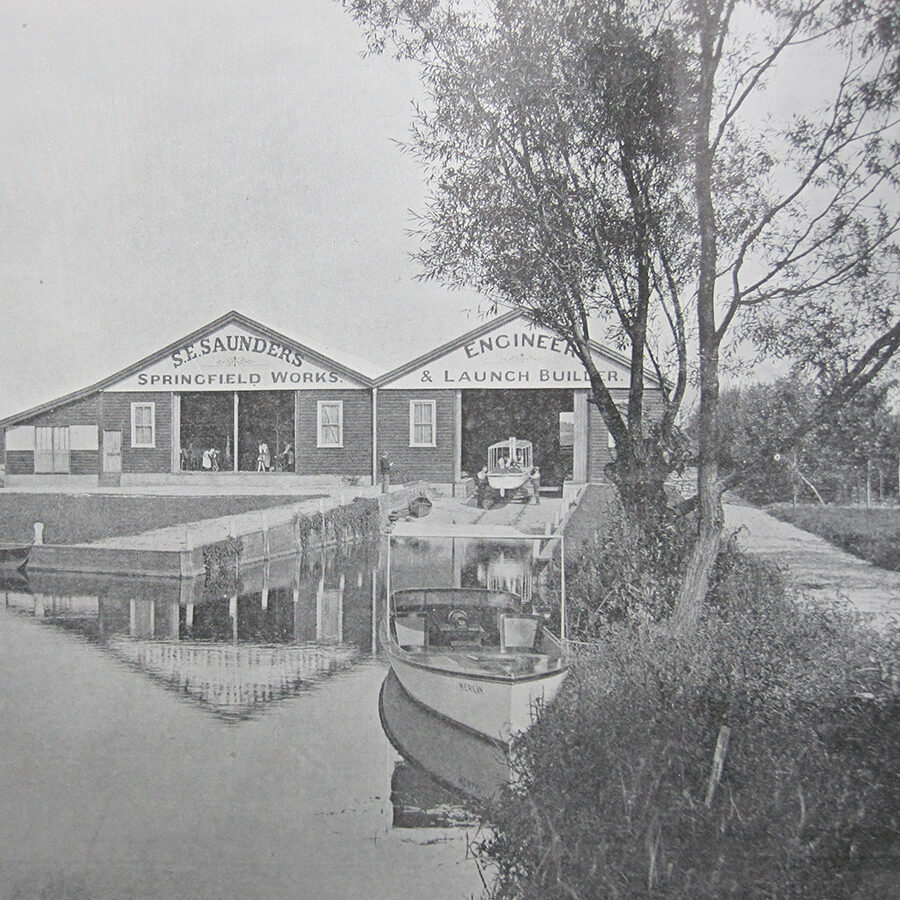
Springfield Works
A complex of buildings developed at Springfield. To start with there was just one boatshed at the head of the new slipway. By 1910 there were two main sheds, one for building and fitting out and the other for repair, a joiners’ shop, fitters’ shop, timber stores and a sawmill, a boathouse built over the backwater for storage, a blacksmith’s shop, a paint shop and a sail loft where boat covers and awnings were made. The slipway winching gear could haul up to 30-ton boats from the river. There was also an electric power station where batteries for electric launches were charged. About 30 men were employed on the site.
After Hobbs of Henley took over the Springfield Works just before World War I they built a few boats there, including the 50 ft Henley Regatta Umpires’ Launch Enchantress, used first in 1913 and still going strong.
From 1914 to 1918 the works were used for boat storage only. and this continued until after World War II when Hobbs sold the works to Mr and Mrs C W Wise. One of the sheds was taken over by the Government during the war for storing materials from the London Docks.

